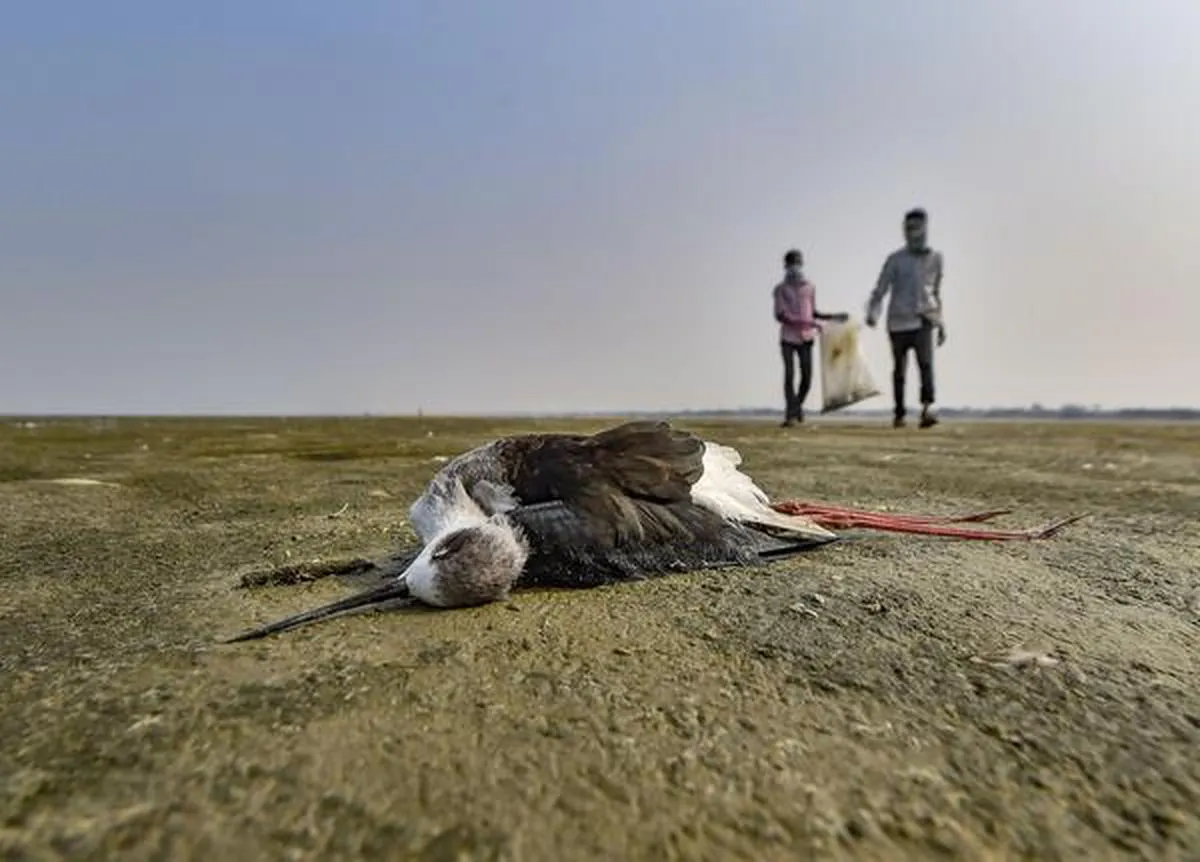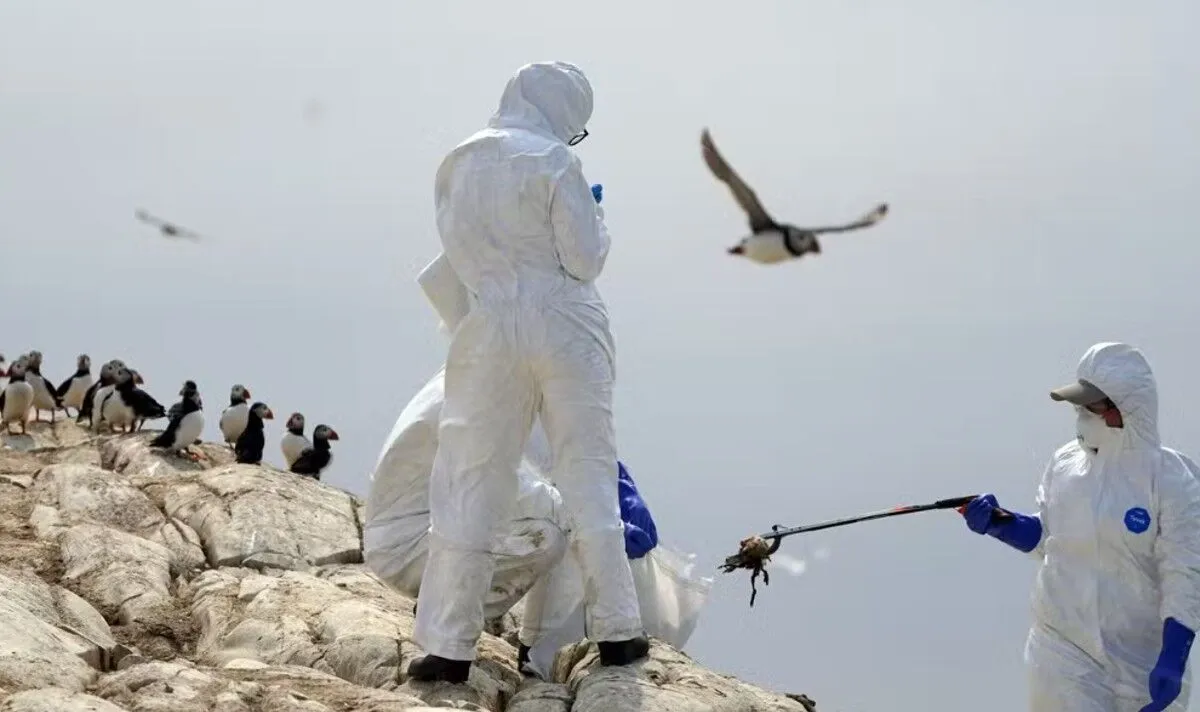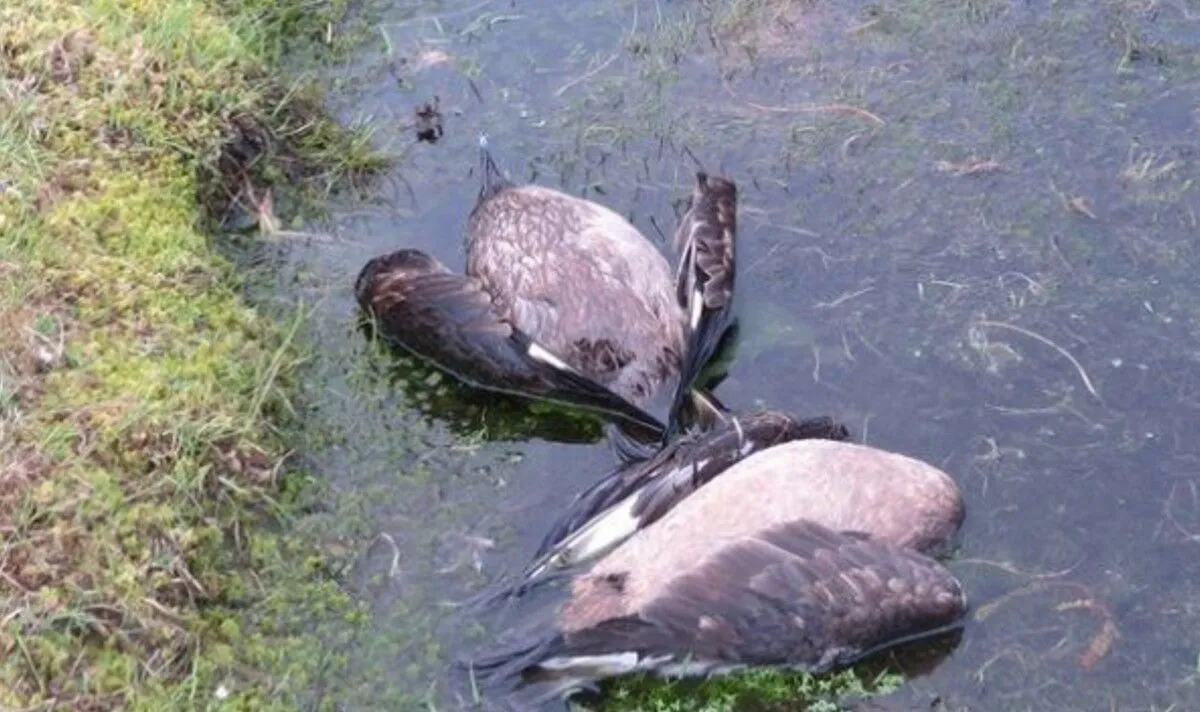
Delaware Bay, a known haven for thousands of migratory birds and horseshoe crabs, becomes a bustling hub of activity every spring. This area is not just a spectacle of nature but also a critical site for scientific research. For nearly four decades, virologists have converged on this site to study avian flu viruses in hopes of forestalling potential pandemics.

This year’s research expedition led by Dr. Lisa Kercher from St. Jude Children’s Research Hospital has uncovered a peculiar anomaly. Despite the anticipated presence of the deadly H5N1 virus among the bird populations due to its rapid mutation and widespread fear of a new pandemic, researchers found no traces of the virus in the samples they collected. Dr. Kercher expressed her bewilderment, noting, “we don’t know exactly why” this expected discovery eluded them.
This surprising development offers a glimmer of hope. It suggests that there may still be time to avert another outbreak, providing researchers with a valuable opportunity to delve deeper into the mechanics of virus transmission and mutation among bird species.

Understanding H5N1: A Global Health Priority
Recognized as one of the most lethal influenza viruses, H5N1 has been under stringent scrutiny for over two decades. The virus’s ability to infect a wide array of species, coupled with its rapid mutation rate, makes it a formidable foe. It undergoes reassortment, a genetic shuffle that occurs when two different viruses infect the same host and exchange genes. This process can lead to significant genetic shifts, increasing the virus’s unpredictability and potential for human infection.
Dr. Louise Moncla’s recent study at the University of Pennsylvania shed light on the dynamics of H5N1’s spread. Her research indicated that the 2021 North American outbreak involved multiple virus introductions by migrating birds along key flyways. This contrasted sharply with the 2014 outbreak, which was contained through aggressive measures. The ongoing circulation of the virus among wild and domestic birds underscores the importance of vigilant monitoring.

The Role of Migratory Patterns in Virus Transmission
Dr. Richard Webby’s findings emphasize the significance of Delaware Bay as a pit stop for birds to refuel before continuing their migratory journey. This stopover is crucial not only for the birds’ survival but also as a point where viruses can be transferred and then carried to new locations. Webby states, “To predict the bad things — whether it’s a tornado, whether a pandemic — you’ve got to understand normal now.” His team is committed to ongoing surveillance, hoping their data will provide early warnings for future viral outbreaks.
